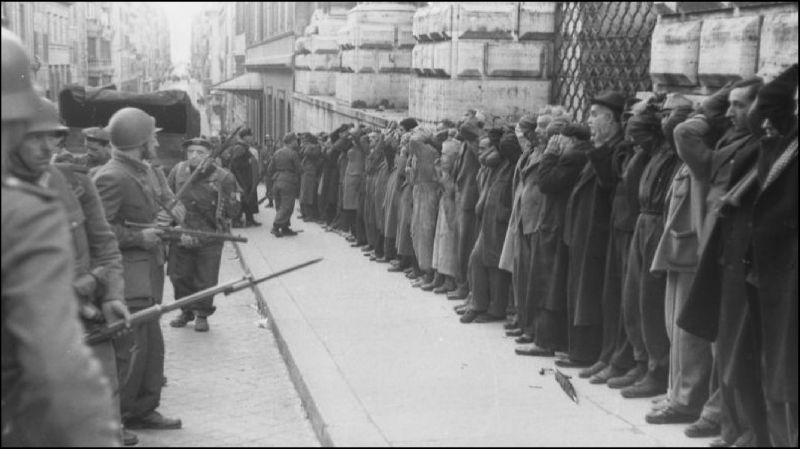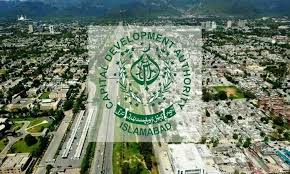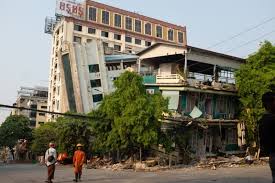Italy: Rome remembers the Fosse Ardeatine massacre

Rome: On this day 77 years ago, the Nazi forces then occupying Rome carried out one of the most horrific atrocities against civilians during the second world war in Italy.
The Fosse Ardeatine, a former quarry near Via Appia Antica, was chosen as the site for the mass killing of 335 people, in retaliation for a partisan attack on a column of marching German military police the day before.
In a strike against the German forces occupying the city, Italian resistance fighters detonated a homemade bomb in a municipal rubbish cart on Via Rasella, near Piazza Barberini, targeting a column of the Bozen military police attached to the SS on its way from Piazza del Popolo to its quarters in the Viminale, just off Via Nazionale.
The bomb was ignited when the patrol turned into the narrow, steep street that runs parallel to Via del Tritone between the Traforo and Palazzo Barberini, just a short walk from the Trevi fountain.
Out of the 156 men in the German unit, 28 were killed instantly, rising to 32 the next day and subsequently to 42.
The SS command in Rome under Herbert Kappler immediately recommended reprisals, which were swiftly approved by the military authorities all the way up to Hitler.
Within 24 hours the German command ordered the Ardeatine massacre. The response was rapid and brutal, without the usual posting of notices offering to forgo reprisals if the bombers should give themselves up.
Hundreds of innocent victims were rounded up immediately from Regina Coeli prison, from their homes and off the street in an attempt to reach a ten to one ratio for every German killed in the Via Rasella bombing.
The innocent victims were a cross section of those living in Rome at the time: about 100 civilians and professionals, military men, factory workers, a Catholic priest and several students, 75 of them Jews.
They were of all ages from 15 to 70, and all political persuasions, from monarchist army officers to ultra-left wing communists. Some of them came from outside Rome.
On 24 March the 335 victims were taken in lorries outside the city by SS officers Erich Preibke and Karl Hass, divided into groups of five and shot in the back of the head.
When the officers discovered that, by mistake, five too many hostages had been rounded up, they decided to kill them anyway so that word of the massacre should not spread too soon.
The Fosse Ardeatine caves were then dynamited to seal them off and the bodies left to decay. It was not until more than a year later, after the Allied Liberation of Rome on 4 June 1944, that the caves were reopened and the bodies found.
After the war the site of the massacre was transformed into a museum, national mausoleum and sanctuary dedicated to the martyrs. A plaque on the wall of the cave reads: “Here we were brutally killed, victims of a horrible sacrifice. May from our sacrifice rise a better homeland and lasting peace among people.”
Numerous personal items belonging to the Fosse Ardeatine victims can be found in Rome’s Liberation Museum (currently closed) on Via Tasso, a former Gestapo headquarters where Jews and resistance figures were tortured during the Nazi occupation of Rome from 1943-1944.
This year, due to Italy’s covid-19 restrictions banning people from gathering, there will be none of the usual public ceremonies or marches in honour of the victims.
However President Mattarella is expected to lay a wreath at their tombs in the Fosse Ardeatine mausoleum this morning at 11.00.
Erich Priebke, the SS officer and Nazi war criminal, died in Rome aged 100 in October 2013. Following his extradition from Argentina, Priebke had been jailed for life in 1998 for his role in the Fosse Ardeatine massacre.
However, due to his advanced age and ill health, his life sentence was reduced to house arrest which he served in Rome’s Balduina district.
Priebke’s death sparked a heated debate over what to do with his body, with the Vatican taking “unprecedented action” to block his funeral from being celebrated by any Catholic church in Rome.
The then mayor of the capital Ignazio Marino also vetoed a public burial in Rome, a city he described as “profoundly anti-fascist.”
In the end Priebke’s funeral was held by the Society of Saint Pius X – an ultraconservative Catholic splinter group, some of whose members have in the past faced criticism over anti-Semitic leanings – at Albano Laziale, a town in the Castelli Romani about 25 km south of Rome.
During the service, police prevented clashes from breaking out between fascist sympathisers and anti-fascist protesters. Due to the protests Priebke’s relatives were allegedly unable to access the church to attend the ceremony.
Afterwards the coffin containing Priebke’s body was seized by the Italian authorities and taken to a military base near Rome before being buried “in a secret location.”





